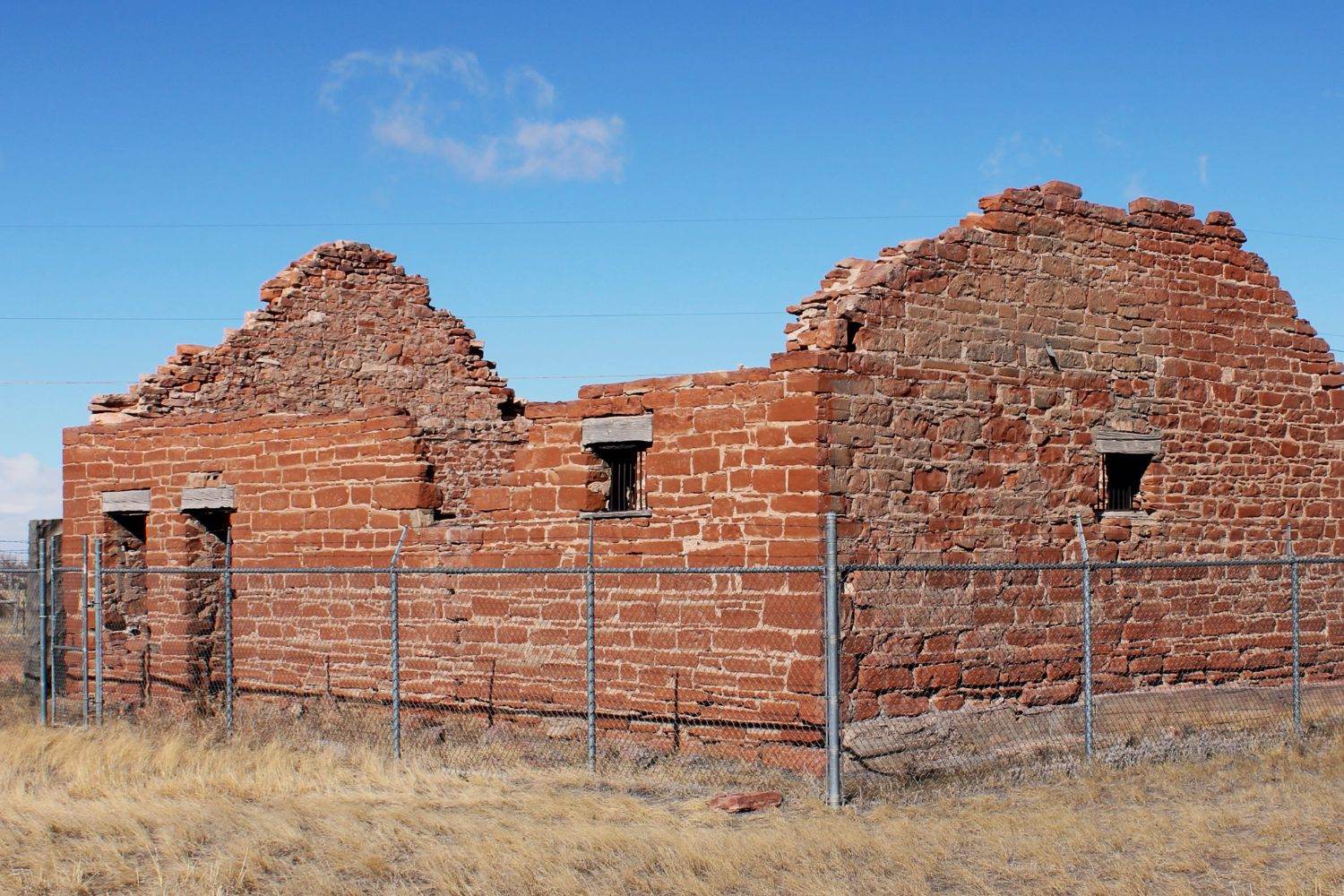Lost Trading Posts Of Wyoming’s Fort Sanders

Wyoming's Fort Sanders holds secrets of the past, waiting to be uncovered. Once a bustling military post, it played a vital role during the Indian Wars. Today, remnants of its history whisper stories of trade, survival, and frontier life. Imagine soldiers and traders exchanging goods, tales, and cultures. The fort's strategic location near the Overland Trail made it a hub for commerce and communication. Though time has worn down its structures, the spirit of the old trading posts lingers. Exploring Fort Sanders offers a glimpse into a world where pioneers and Native Americans crossed paths, shaping the region's history. Whether you're a history buff or just curious, Fort Sanders invites you to step back in time and connect with Wyoming's rich heritage.
Discovering the Lost Trading Posts of Wyoming's Fort Sanders
Wyoming's Fort Sanders holds secrets of the past, hidden in the remnants of old trading posts. These places were once bustling hubs of activity, where traders, settlers, and Native Americans exchanged goods and stories. Let's journey through time and uncover these forgotten spots.
1. Fort Sanders: The Heart of Trade
Fort Sanders itself was a key player in the trade network. Established in 1866, it served as a military post and a trading center. Its strategic location made it a vital stop for traders and travelers alike.
- Historical Significance: Fort Sanders was crucial during the Indian Wars and played a role in protecting the Overland Trail.
- Trading Activities: Goods like furs, tools, and food were commonly exchanged here.
- Current State: Today, only a few ruins remain, whispering stories of the past.
2. Laramie Plains: A Hub of Exchange
The Laramie Plains were a bustling area for trade, thanks to their fertile lands and proximity to Fort Sanders. Traders and settlers flocked here to exchange goods and services.
- Fertile Grounds: The plains provided ample resources for farming and livestock, attracting many settlers.
- Cultural Exchange: This area was a melting pot of cultures, with Native Americans, settlers, and traders interacting regularly.
- Legacy: Though much has changed, the spirit of trade and exchange still lingers in the air.
3. Rock Creek Station: A Rest Stop for Traders
Rock Creek Station was a vital rest stop for traders traveling through Wyoming. Its location made it a perfect place for weary travelers to rest and resupply.
- Strategic Location: Situated along major trade routes, it was a convenient stop for traders.
- Services Offered: The station provided food, lodging, and supplies for travelers and their animals.
- Remnants: While the station no longer operates, traces of its existence can still be found.
4. Fort Laramie: A Gateway to the West
Fort Laramie was another significant trading post in Wyoming. It served as a gateway to the West, welcoming traders, settlers, and explorers.
- Historical Importance: Fort Laramie played a key role in westward expansion and was a major stop on the Oregon Trail.
- Trading Goods: Items like clothing, tools, and weapons were commonly traded here.
- Preservation: Today, Fort Laramie is a historic site, preserving the stories of its trading past.
5. Medicine Bow: A Crossroads of Cultures
Medicine Bow was a unique trading post where different cultures met and exchanged goods and ideas. Its location at the crossroads of major trails made it a vibrant hub of activity.
- Cultural Significance: Medicine Bow was a meeting place for Native American tribes, settlers, and traders.
- Trade Items: Furs, beads, and handmade crafts were popular items exchanged here.
- Modern Echoes: Though the trading post is gone, Medicine Bow remains a town rich in history and culture.
6. Fort Bridger: A Lasting Legacy
Fort Bridger was one of the most enduring trading posts in Wyoming. Established by mountain man Jim Bridger, it became a crucial stop for travelers heading west.
- Founding: Jim Bridger established the fort in 1843, recognizing its strategic importance.
- Trade and Commerce: The fort offered supplies, repairs, and rest for travelers on the Oregon, California, and Mormon Trails.
- Historical Site: Today, Fort Bridger is a state historic site, preserving its legacy as a trading post.
Rediscovering Wyoming's Hidden History
Wyoming's Fort Sanders offers a glimpse into a past filled with trading posts and frontier life. These remnants tell stories of pioneers, traders, and Native American tribes who once thrived here. Exploring these sites, visitors can imagine the bustling activity that defined this region. The landscape may have changed, but the spirit of those who lived and worked at Fort Sanders remains. By visiting, you help preserve this history, ensuring future generations understand the significance of these places. Whether you're a history buff or just curious, Fort Sanders invites you to step back in time. As you walk through the area, consider the challenges and triumphs of those who came before. Their legacy is Wyoming's story, a story worth remembering and sharing. So, next time you're in Wyoming, take a moment to appreciate the lost trading posts of Fort Sanders.

